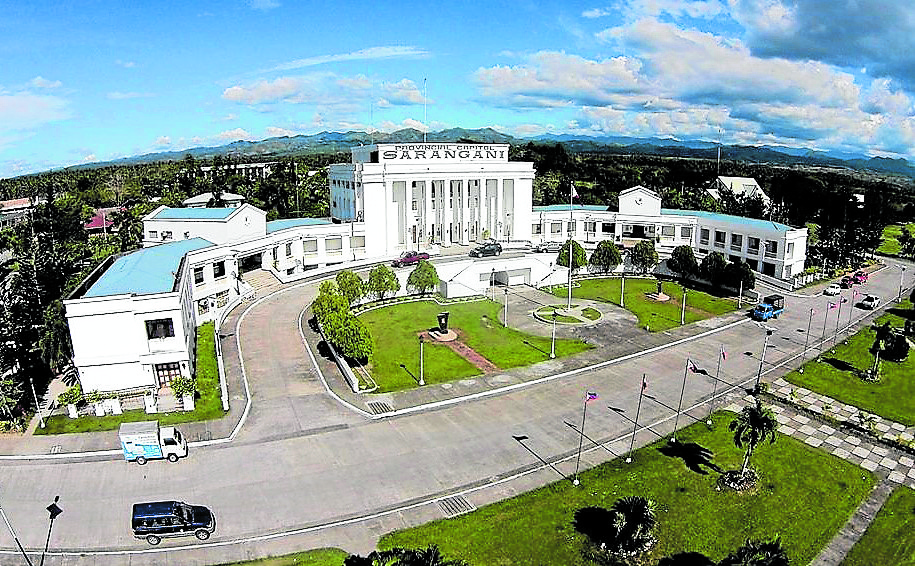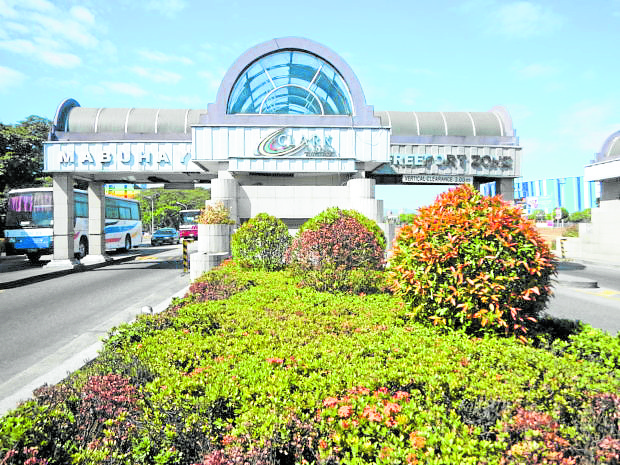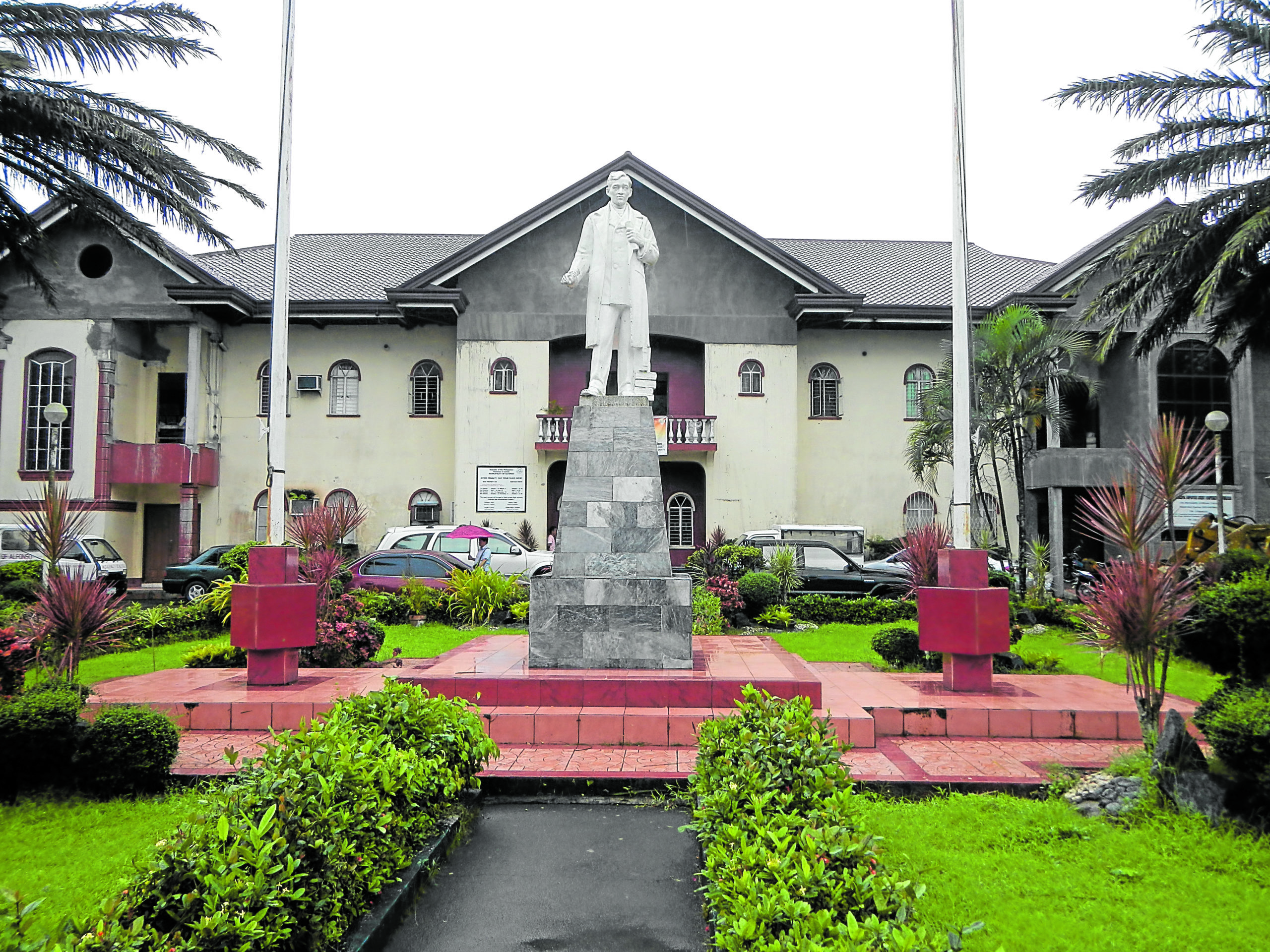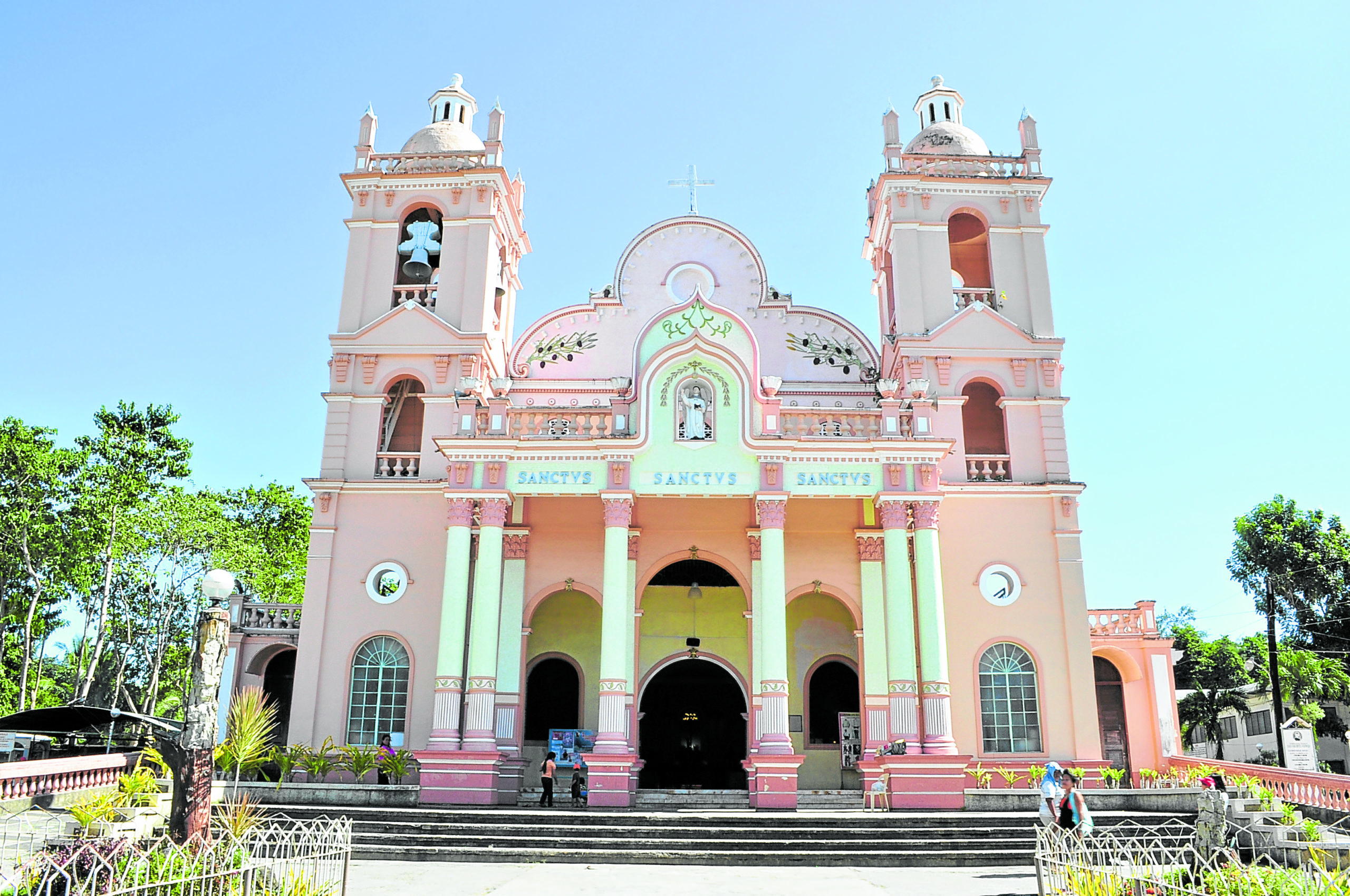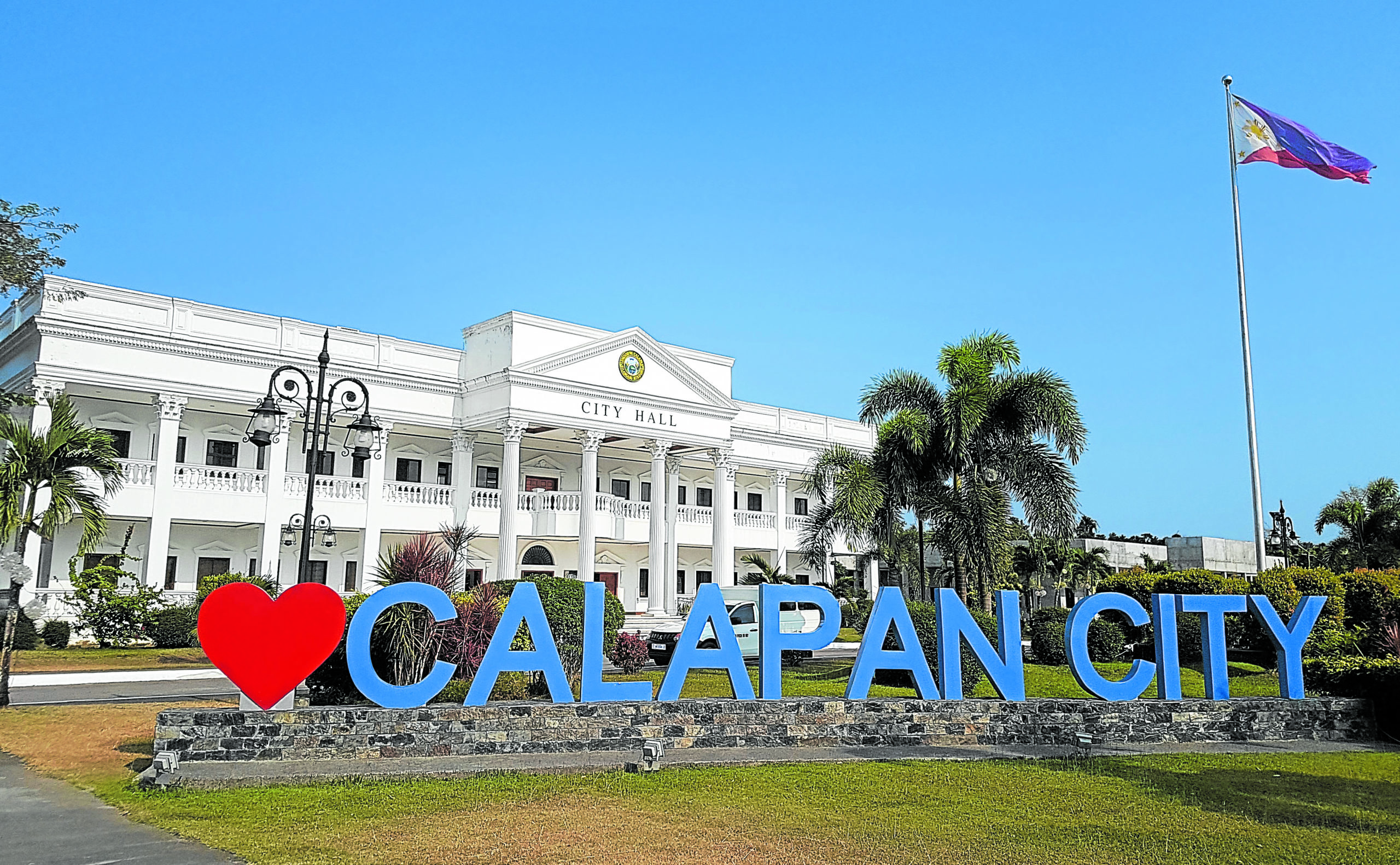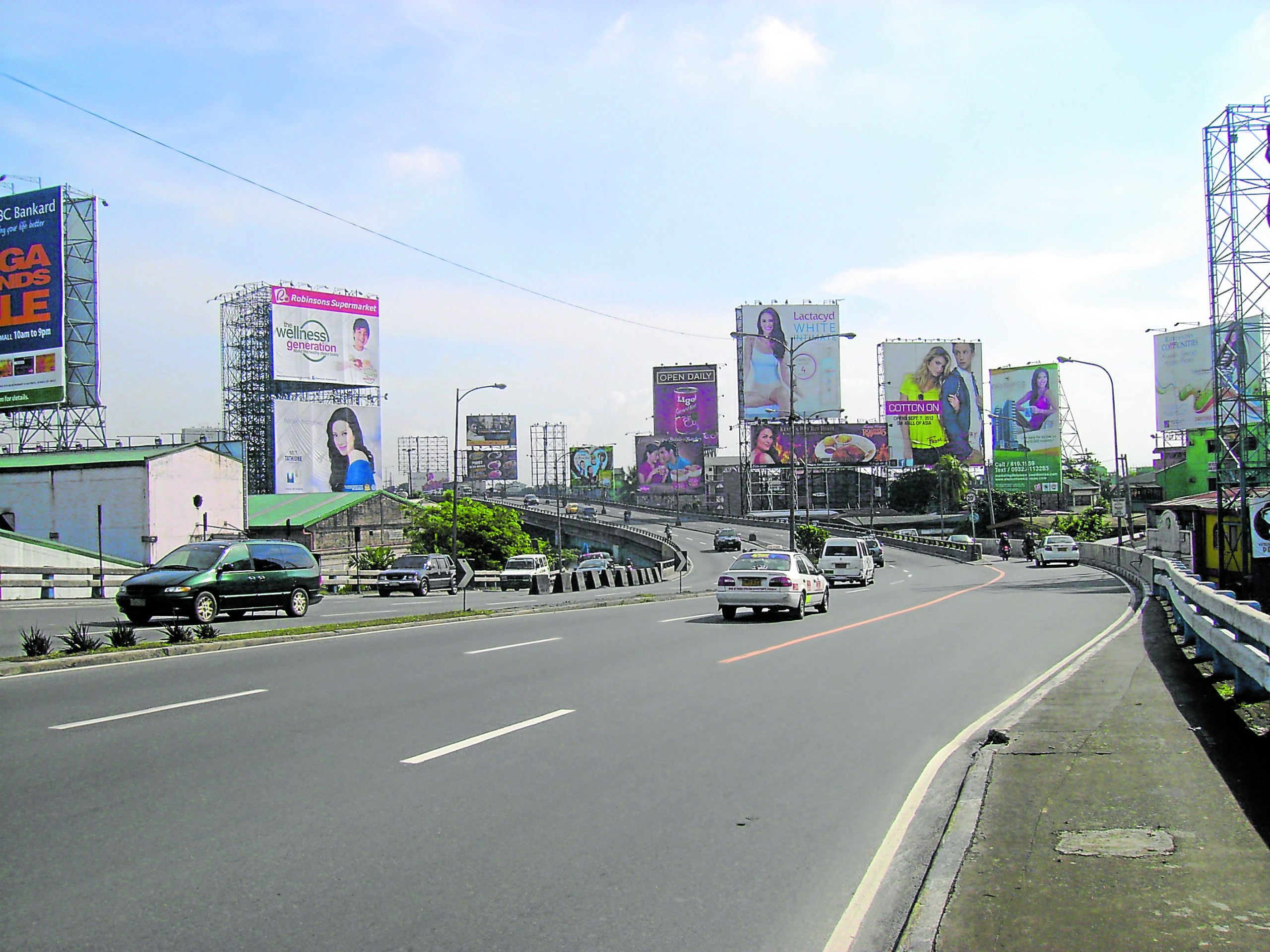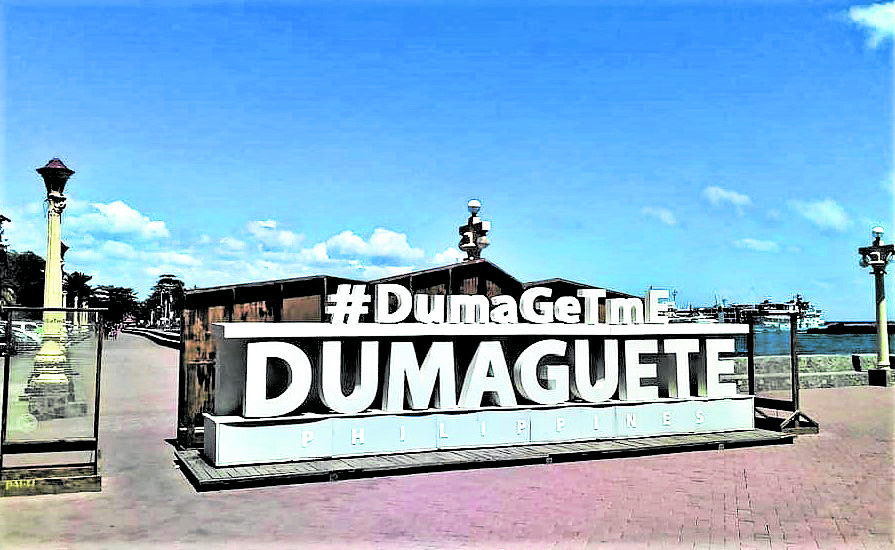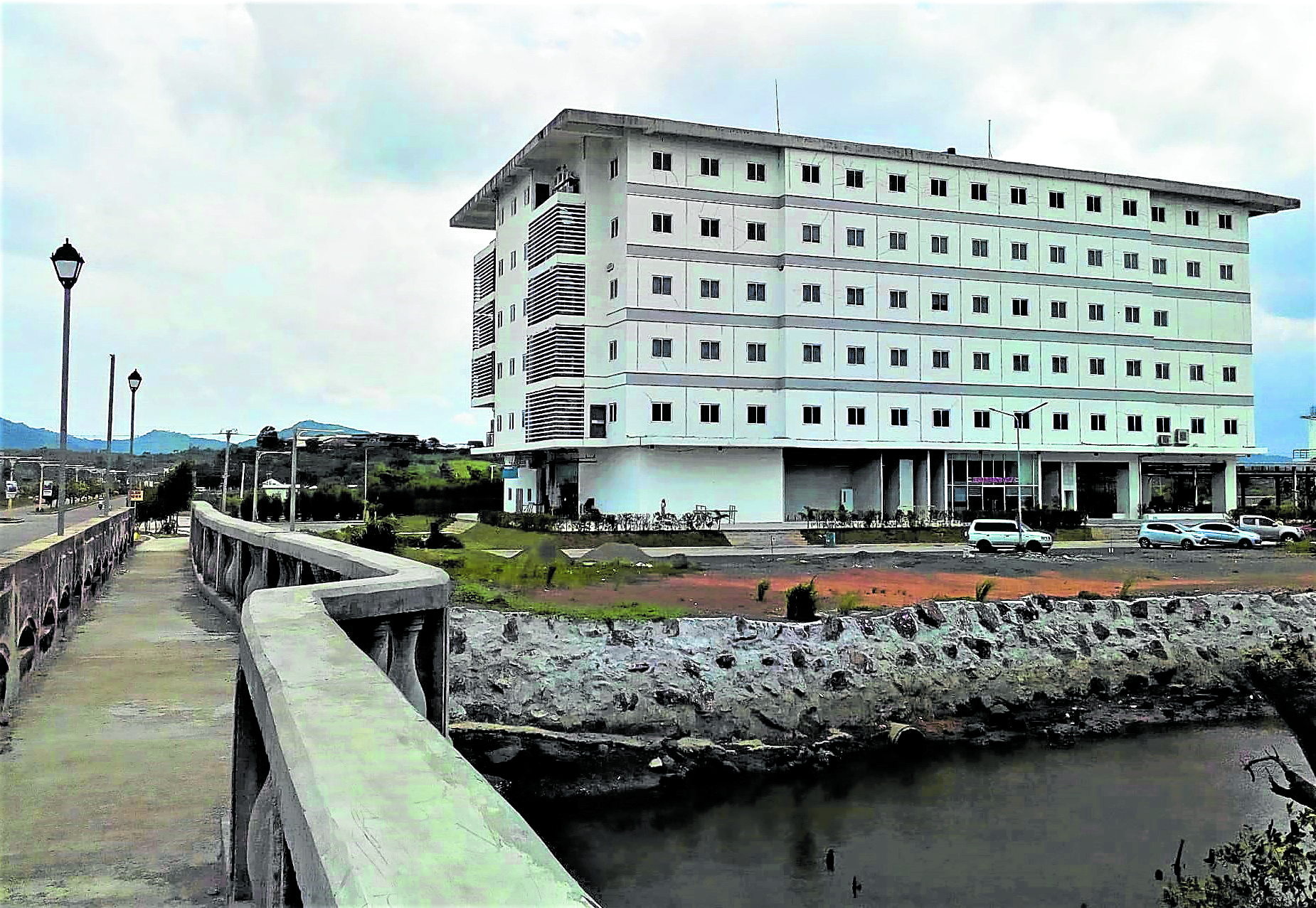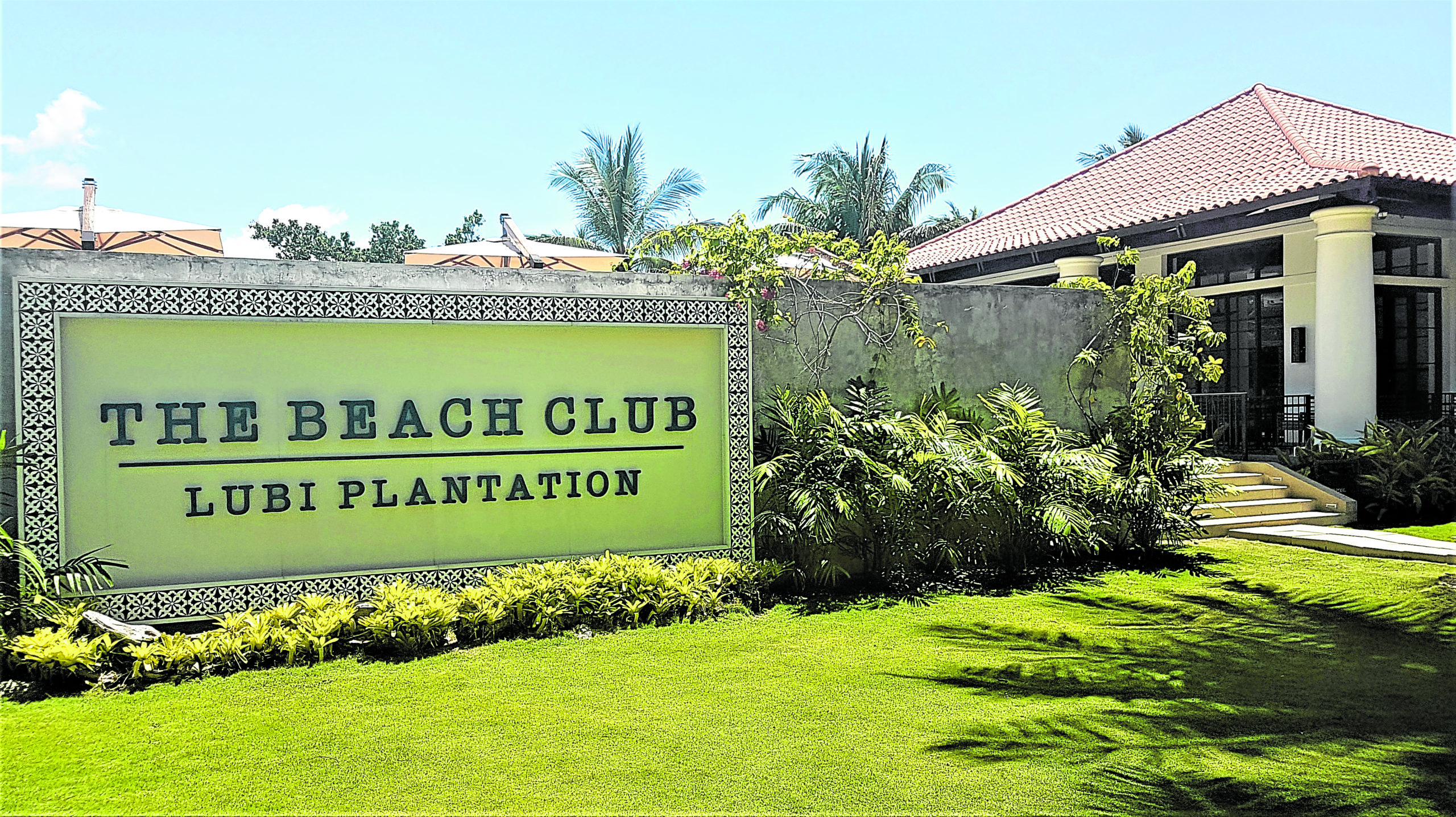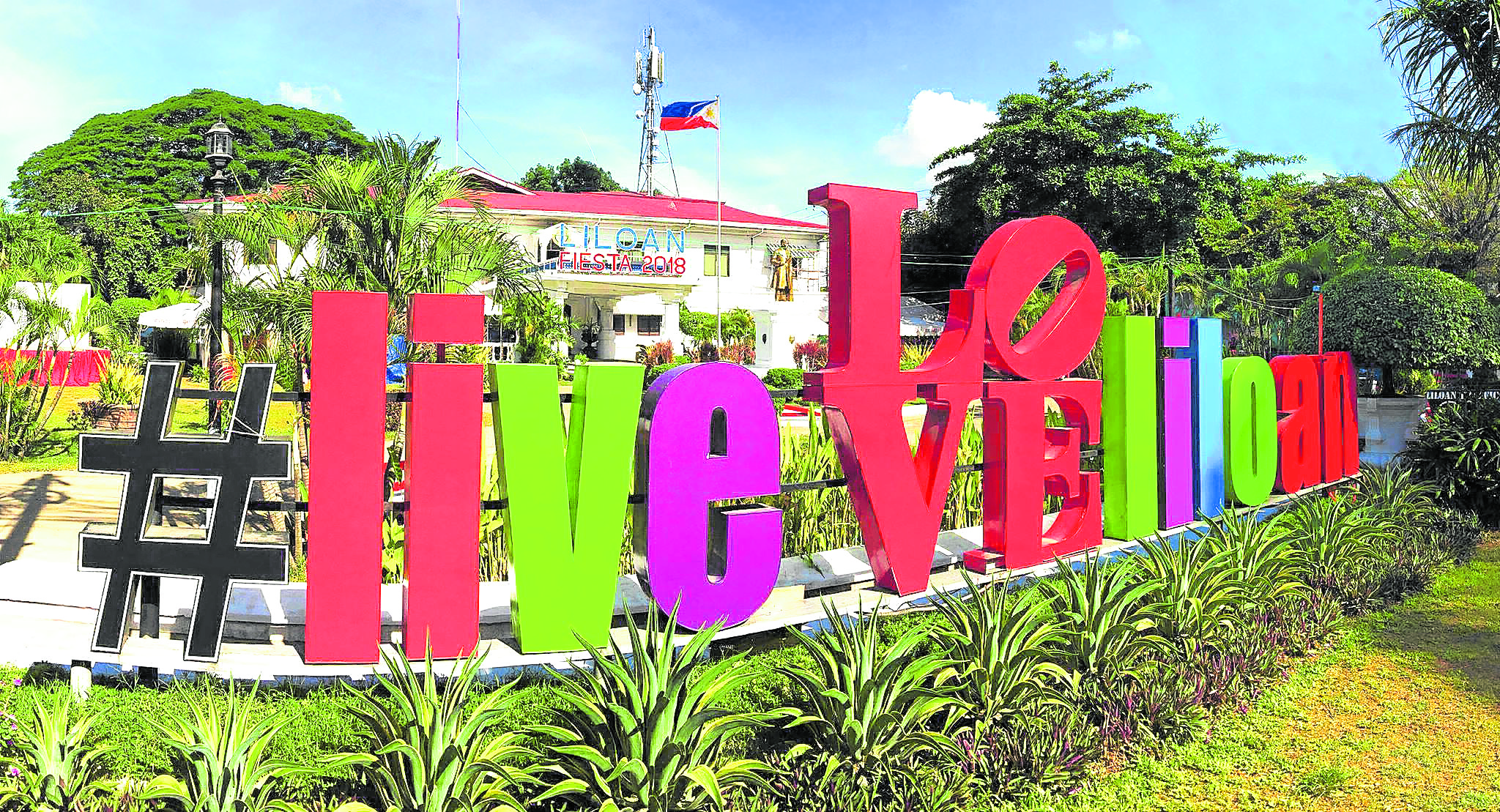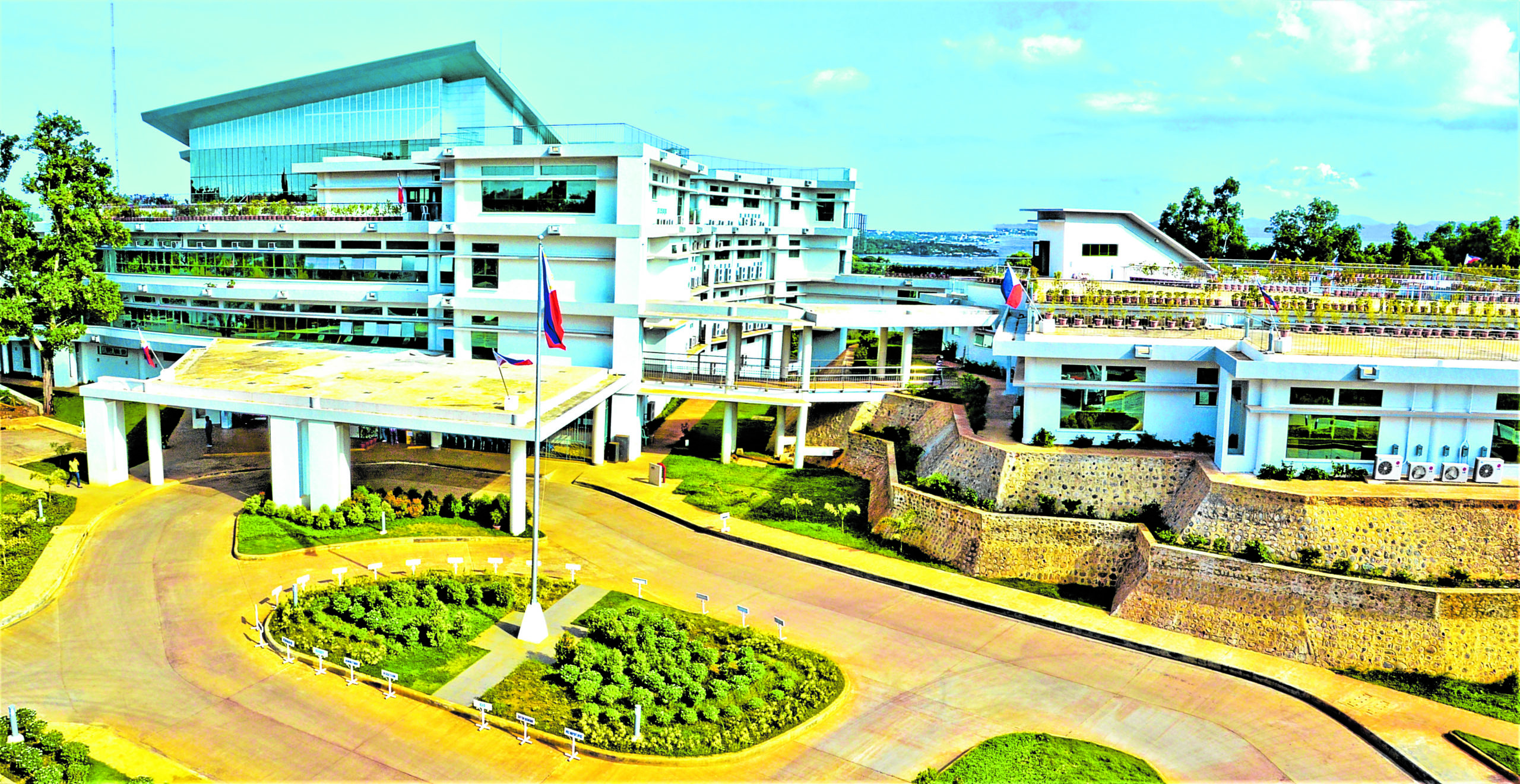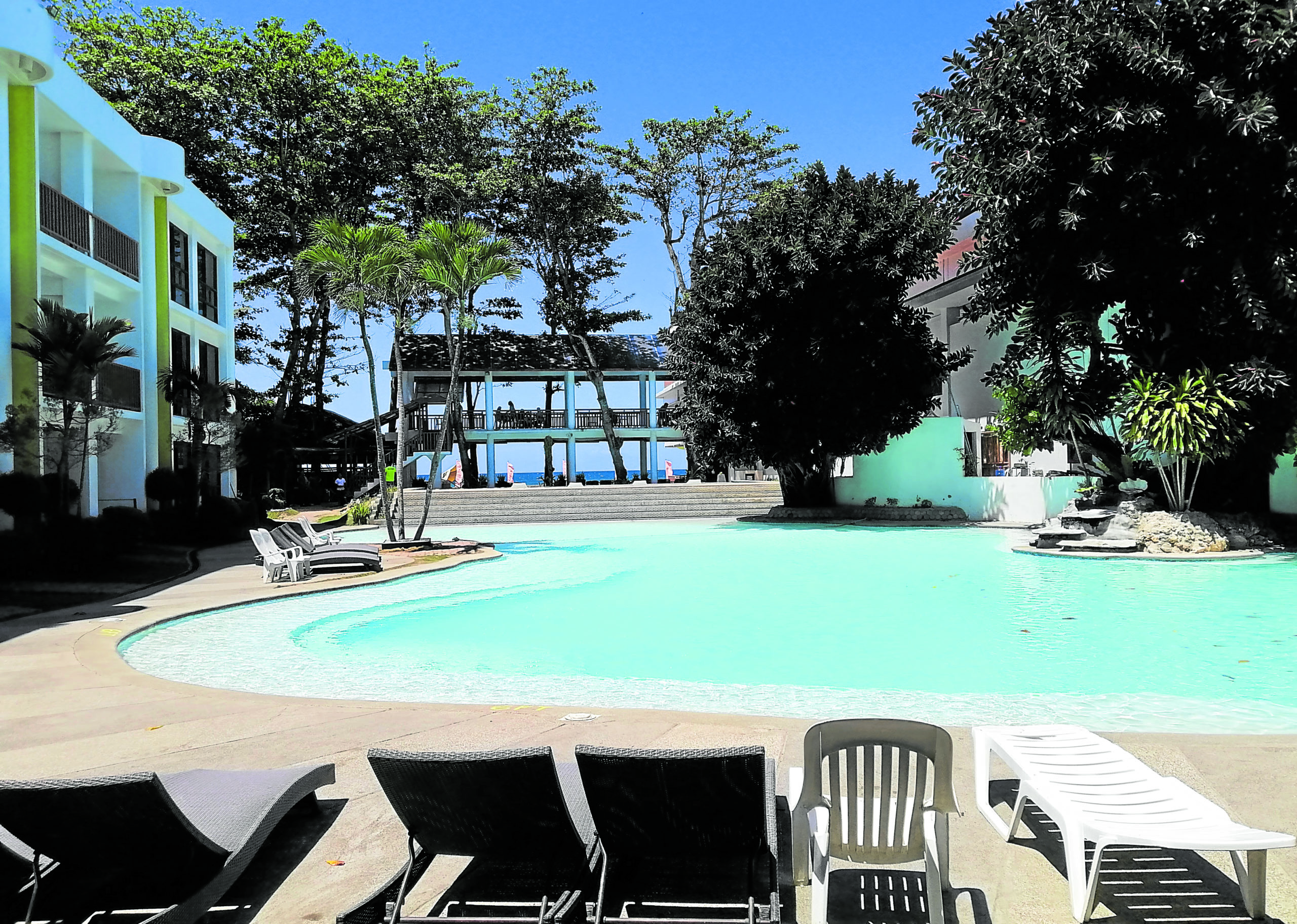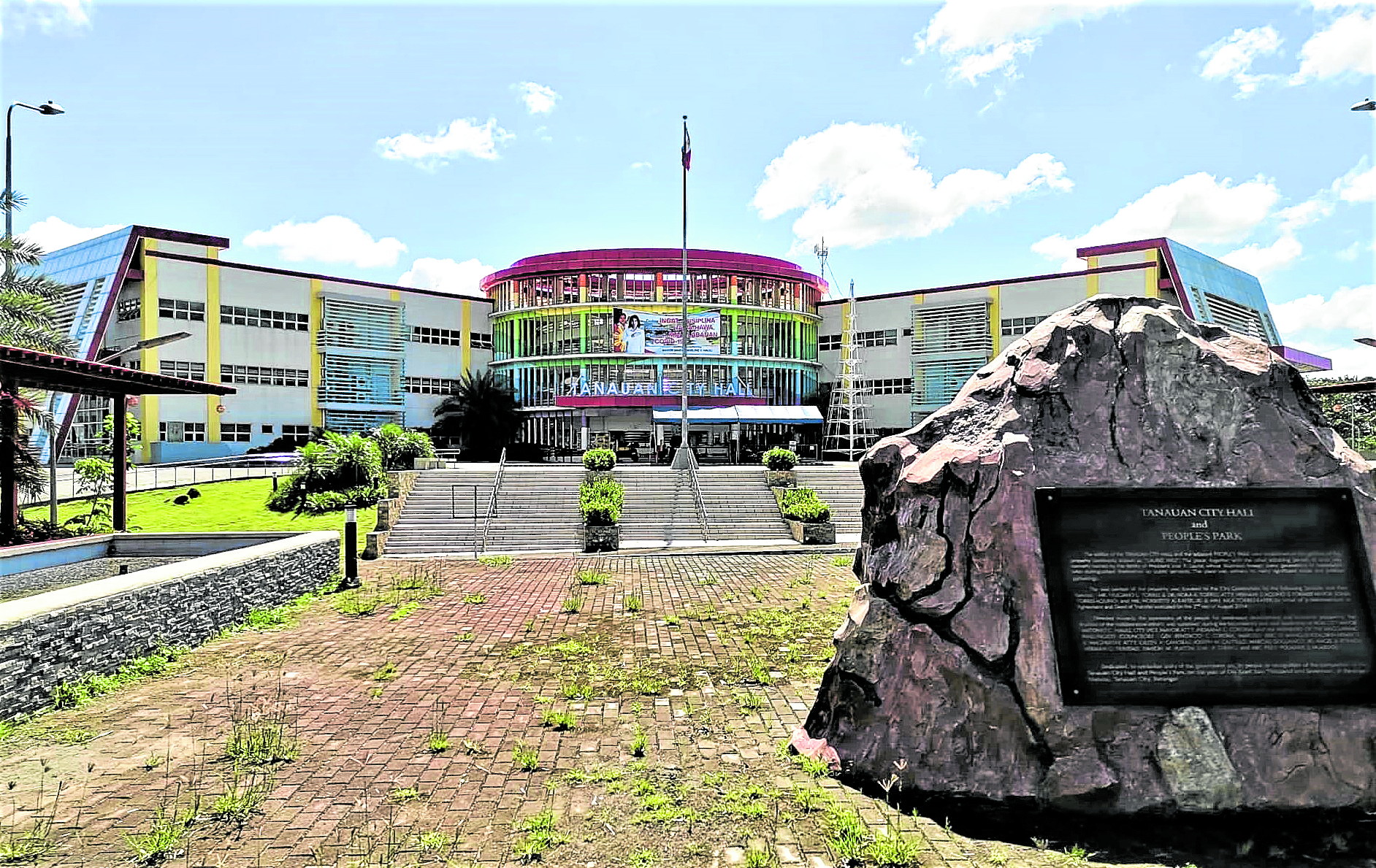35 emerging property hotspots
When this paper’s maiden issue came out in the closing days of 1985, the country’s property sector was on the edge because of political instability. Despite unpredictable times, there were a few brave souls who have put their stake in this sector, believing in better days to come after the 1986 snap elections.
After 35 years, this section continues to chronicle the exciting roller coaster ride of the Philippine real state sector. Below is a rundown of 35 emerging hotspots for real estate development as covered by this writer, outside the usual boomtowns.
Alabel
The capital of Sarangani province, Alabel is a growing residential center at the doorstep of Gen. Santos City. This quiet town is home to a sprawling provincial capitol complex, agro-industrial complexes, the Sarangani National Sports Academy (SaNSA), the country’s first government high school, and the P 350-million Soccsksargen Drug Abuse Treatment and Rehabilitation Center, which was built with the aid of the China State Construction Engineering Corp. Ltd.
Angeles City
Part of the country’s “Culinary Capital” Pampanga, Angeles City sizzles beyond its iconic sisig. Sitting outside the perimeter fence of Clark Freeport Zone, it has seen a construction boom in past decades with projects of condominiums, hotels, international restaurants, shopping malls, recreational complexes and its ubiquitous nocturnal watering holes.
Alfonso
With the Tagaytay Ridge as a much coveted site for property development running out of space, this town near the Batangas provincial boundary beckons. With lower land costs and taxes, and less congestion of establishments, it also gives locators the same cool climate and Taal Volcano view. It also boasts of being a farm tourism site because of the gardens and plantations offering recreational activities.
Antipolo City
Once a summer capital just east of the metropolis, Antipolo City has grown over the decades with residential subdivisions because of its cooler climate and mountain-top scenery. Now the provincial capital and urban hub of Rizal, its property and tourism sectors are as vibrant as ever as it tries to recapture its old glory days with its revived campaign of “Tayo na sa Antipolo”.
Bacolod City
The land of Spanish-era sugar barons, Bacolod City is a mixed bag of nature, culture, cuisine and adventure, and everything in between. The provincial capital of Negros Occidental, this eclectic locality is a merry mix of old world charm and cosmopolitan living, which help spur growth in the adjoining cities of Talisay, Silay and Bago.
Bogo City
It was touted as “The Investment Destination of the North”, based on the declaration of the National Economic and Development Authority (Neda). The Department of Information and Communications Technology (DICT) also designated it as the “ICT hub of northern Cebu” in 2017 to make it a center for business process outsourcing.
Calapan City
A vital cog in the Strong Republic Nautical Highway, Calapan City is a most ideal place to invest in, being the only city in Oriental Mindoro and serving as the transport hub to all points in the province. It currently hosts a couple of car dealer showrooms, subdivisions, locally-owned hotels and resorts, and a newly-opened water theme park
Cavite City
The bastion of Spanish economic, military and naval power, this hook-shaped peninsula lost its luster over past century. Things are looking up for Cavite City though, with the redevelopment of Sangley Point airport for general aviation to declog the NAIA, and the planned resumption of commuter ferry services to Metro Manila.
C-5 Corridor
Originally designed to be as an alternative road to free up the perpetually-congested Edsa, the C-5 stretch has evolved over the past three decades as a corridor for leisure, mixed use projects, high rises, and office spaces. The most sought-after portions are in Quezon City and Pasig because of the central location as well as central proximity to business districts and the eastern towns in Rizal.
Cordova
Cordova is the smaller portion of Mactan Island that was overshadowed by Lapu-Lapu City. Attention, however, is shifting to this seemingly obscure town with the modern bridge tollway by the Metro Pacific Group. Set to be completed next year, the said bridge will be the third and longest bridge to mainland Cebu, which is expected to spur development to this quiet town.
Dumaguete City
Monikered as the “City of Gentle People”, Dumaguete City is recognized by the Philippine Retirement Authority as a retirement haven, because of its slow pace of living, rustic environment, low cost of living–yet has the features of a typical city. With a bigger airport in the neighboring town of Bacong, Dumaguete is slowly becoming a metropolitan area in Negros Oriental.
Panglao Island
With Bohol set for reopening of tourism, Panglao Island has become once again a top-of-mind destination for beach bums and tourism players. The site of the newly-opened international airport, it is composed of the bigger and more congested Panglao town, and the smaller municipality of Dauis which has cheaper lots for sale and lower taxes.
Bulakan
With the new San Miguel Corp.’s international airport slowly becoming a reality, this bayside town in Bulacan and its vicinity, including the capital city of Malolos will soon be home to big ticket projects being rolled out by both the government and private sectors. While the airport is still years away, major companies are already on the prowl for their next playground. Indeed, the early bird catches the worm.
Metro Baguio
Popularly known as BLISTT, Metro Baguio is an inter-local cooperation composed of Baguio City, and the adjoining towns of La Trinidad, Itogon, Sablan, Tuba, and Tublay in Benguet. The cluster aims to be a contiguous area for integrated planning and a primary growth center in the Cordillera Administrative Region. The NEDA-CAR serves as the secretariat to the BLISTT Governing and Development Councils.
Roxas City
Beyond the “seafood capital” tag it is known for, Roxas City takes pride in Pueblo de Panay, a 670-hectare township, which puts together the elements of modern living—boutique hotels and restaurants, conference facilities, recreational parks, BPO centers, executive residences, car showrooms, integrated terminal, and a mall. The capital city of Capiz, it is also the site of a supermall which is set to open in 2021.
Davao De Oro
Rebranded from its old name Compostela Valley or ComVal, this province is a “land of gold” literally and figuratively as its name suggests because of its mining industry. Due to of its raw beauty, it was chosen by the luxe Thai hotel group to be the home of its Dusit Thani Lubi Plantation Resort in Kopiat Island in Mabini town. The province is an investment frontier, particularly its capital town of Nabunturan.
Iloilo City
The regional center of Western Visayas, Iloilo City is known for its Spanish-era mansions, historic churches, museums, and public plazas, and culinary tradition. In recent years, it has become a model for urban renewal, river rehabilitation and redevelopment, adaptive reuse of colonial homes, and public mobility by making it bike-friendly city. The 72-hectare Iloilo Business Park township has become the new central business district and a “city within a city”.
Legazpi City
With the perfect-coned Mayon Volcano as the backdrop, this old-time tourist destination has been reinventing itself as an investment and residential hub, and center for MICE (meetings, incentives, conventions and exhibitions) in Albay and the entire Bicol region. With a new international-grade airport opening soon in neighboring Daraga town, this city will be an ideal business and leisure place.
Liloan
A rapidly urbanizing municipality in northern Cebu, this may yet be the next component city of the province. Anticipating its eventual cityhood proclamation, major players have already gained a foothold in this resort town when lots were still being sold for a song.
Maasin City
The provincial capital of Southern Leyte, Maasin City is largely untapped despite being a city for 20 years. With its own airport and seaport, it has immense potential for business and leisure because of its proximity to Cebu and Tacloban, as well as the world-class dive sites around Sogod Bay, and Limasawa Island, site of the country’s First Mass in 1521 and is expected to be a new major pilgrimage spot.
Mariveles
With the Freeport Area of Bataan already in place, luring the big boys to put their money here wouldn’t be too difficult. Situated in the southernmost tip of the peninsular province, it is also a World War II historic spot and a beach hideaway with its plethora of resorts, most notably the upscale Camaya Coast.
Naga City
Dubbed as the “Heart of Bicol”, it is the region’s university town, and pilgrimage site being home to the Our Lady of Peñafrancia Shrine, the country’s biggest Marian devotion. Centrally located within the vast Camarines Sur, it is the commercial, residential, transportation, recreational and tourism service center of the province.
Opol
Visitors to Cagayan de Oro often mistake its next-door neighbor as still part of the city, and they can’t be faulted for the mistake. This roadside municipality indeed looks like an urban center and acts as a satellite of CDO, particularly when it comes to taking out guests to seafood dining. With a clean beachfront dotted with homey resorts, its own Ro-Ro wharf, a promising real estate scenario, it may soon be Misamis Oriental’s newest city.
Palo
Site of the historic “I Shall Return” landing of Gen. Douglas McArthur during World War II, this urbanizing municipality is Leyte’s government and investment center. Tacloban City’s next-door neighbor, this was also badly hit by supertyphoon Yolanda, but has bounced back since. With lower taxes, more available and cheaper lands, the town is luring businessmen to make this their preferred location.
Puerto Princesa City
Often called the “country’s last frontier”, this provincial capital of Palawan is also a new frontier for real estate, commerce, shipping and aviation. It has attracted residents, retirees and developers alike for its typhoon-free and earthquake-free location, clean environment, business-friendly environment, and a new international airport. It is also the gateway to other natural wonders of the “World’s Best Island”.
City of San Fernando
Pampanga’s provincial capital known for its giant lighted lanterns, it is a vital urban and commercial crossroad in Central Luzon dating back to the colonial times. It has undergone unprecedented growth with the entry of supermalls, medium-rise buildings, middle-end subdivisions, and tourist establishments. Its strategic location–being along three major highways and proximity to northern NCR–has worked to its advantage.
San Jose Del Monte City
Situated on the outer edge of Quezon City, it is poised to be a new CBD with the completion of the 22.8km Metro Rail Transit (MRT) Line 7. A first-class component city of Bulacan which is already regarded as a “metropolitan dormitory” because of its numerous low-cost housing projects, SJDM is envisioned to be a metropolitan satellite with a modern integrated transport hub and townships to decongest the big city.
Santiago City
The first in Isabela and the Cagayan Valley, this city continues to be the region’s standard bearer when it comes to economy and good governance. Its ideal location and proximity to Quirino and Nueva Vizcaya provinces make it their own recreational and commercial destination. Given a few years, it will be ready for the next level of real estate concepts.
Subic
Located outside the gates of the Freeport, this Zambales town is home to a shipbuilding industry ,which employs thousands of locals. Despite the uncertainty, its potential remains strong for horizontal, commercial and tourism development with its powdery beach coves and islands, and mountainous terrain.
Siargao
The country’s surfing capital and perennially adjudged as among Asia’s best islands, this archipelago has nine municipalities spread out in an area almost as big as Metro Manila. Despite the absence of major brands and realty projects, it boasts of a splendid well-paved road network and a development masterplan which it commissioned to world-class urban architect Jun Palafox.
Solano
This roadside town in Nueva Vizcaya appears to be the provincial capital because of its level of commercial activities. There is so much potential for mid-sized projects in this municipality because of its vibrant retail industry, trading, ideal location, inland resorts, and its proximity to the Ifugao Rice Terraces.
Sorsogon City
The capital of the province of the same name, Sorsogon is Bicol’s emerging urban hub which has a lovely blend of rich biodiversity and modern living. In August this year, it opened the 5.52-km Coastal Road which provides road travelers a pleasant view of Sorsogon Bay, while decongesting the city proper. It serves as the service center of the province, as well as Masbate which is situated across the sea.
Surigao City
The gateway to Mindanao because of its northernmost location, it is the transit point of vehicles from the Visayas traversing the backbone of the Pan Philippine Highway. With a growing tourism sector and popular consumer brands putting up here, the city is ripe for shipping-related investments and mid-sized developments to cater to the Caraga or northerneastern Mindanao region.
Tanauan City
Situated by the shores of Taal Lake, it has a unique blend of light industries, residential projects, agriculture and an emergent tourism sector. With a vast land area still untapped towards the lakeshore villages, the hometown of the “Sublime Paralytic” Apolinario Mabini has sublime surprises and fiscal incentives in store for locators.
Zamboanga
The archipelago’s southernmost city, this is often overlooked due to its perceived peace and order issues. Positioning itself as “Asia’s Latin City” with its Hispanic influence, it has an infinite potential for agro-industries, fisheries, shipping, logistics, property development, and international trading because of its unique location in the Brunei-Indonesia-Malaysia-Philippines East Asean Growth Area.

